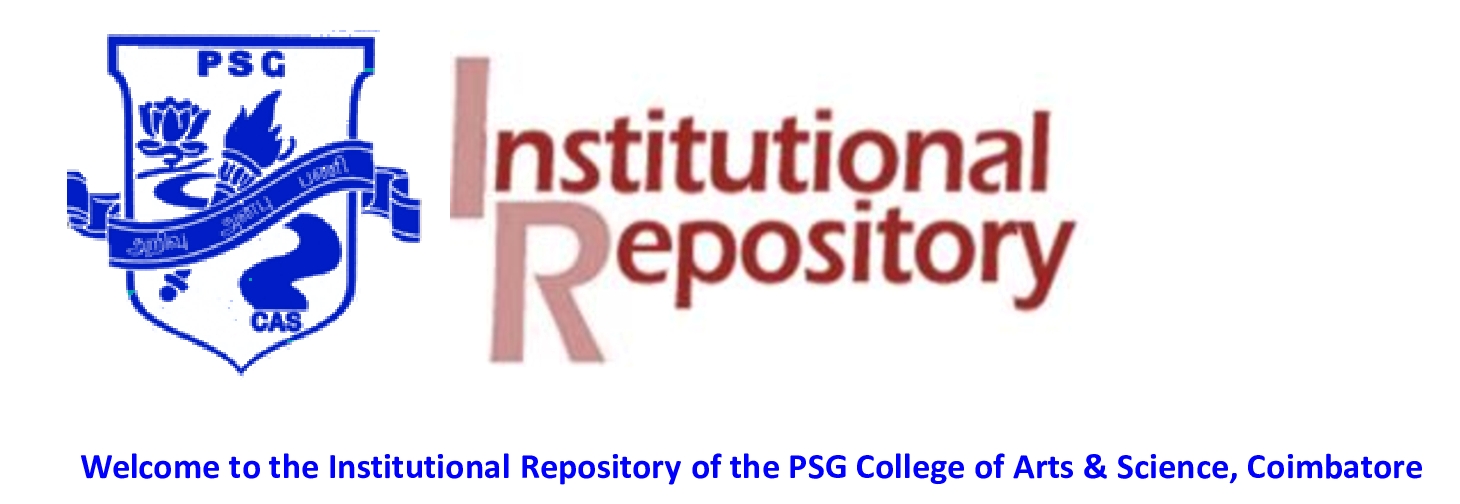Deenathayalan Uvarajan and Manish Ravikumar and Brindha Durairaj (2023) Network Analysis and Molecular Mapping for Alzheimer’s Disease to Reveal the Drug Targets of Arbutin. Network Analysis and Molecular Mapping for Alzheimer’s Disease to Reveal the Drug Targets of Arbutin. ISSN 2693-5015
IR-2.pdf - Published Version
Download (4MB)
Abstract
Alzheimer's disease (AD) is a neurodegenerative disease that causes the degradation of brain cells. AD is
the most common causative factor of dementia that leads to cognitive decline and loss of independence.
Cholinesterase inhibitors and N-methyl-D- aspartate (NMDA) antagonists are currently available drugs to
treat AD related symptoms. Several studies have proved that arbutin is found to be beneficial in treating
various diseases thereby modulating its brain targets which further helps to reduce AD’s side effects. The
present research is mainly focused to study the molecular pathways and to determine the mechanism of
action of arbutin to mitigate AD using a system pharmacology approach. Bioinformatics tools are
explored to identify arbutin's therapeutic targets for AD, including Cytoscape for network analysis,
ShinyGo for gene ontology enrichment, and AutoDock for docking molecules. In a Cytoscape network, the
Maximal Clique Centrality (MCC) algorithm of the CytoHubba plugin was used to determine the top ten
hub genes. Out of 411 targets for arbutin and 395 targets for AD, 37 targets were selected and shared
through the data filtering process. The biological activities of these 37 genes include post-translational
regulation of the phosphorus metabolic process, response to abiotic stimulus, regulation of cell
population proliferation, regulation of programmed cell death and response to oxygen-containing
compounds. The top 10 enriched pathways were selected for future study from 284, including AD, cancer
pathways, MAPK signaling, Diabetic cardiomyopathy and proteoglycans in cancer. Our results proved
that arbutin can reduce the possibility of developing AD by modulating the activity of primary pathways
groups, including its pharmacological mechanism of action in AD, revealing its ten therapeutic targets.
| Item Type: | Article |
|---|---|
| Uncontrolled Keywords: | Alzheimer’s Disease, arbutin, network pharmacology and molecular docking |
| Divisions: | PSG College of Arts and Science > Department of Chemistry |
| Depositing User: | Dr. B Sivakumar |
| Date Deposited: | 10 Sep 2024 10:02 |
| Last Modified: | 10 Sep 2024 10:02 |
| URI: | https://ir.psgcas.ac.in/id/eprint/2248 |

